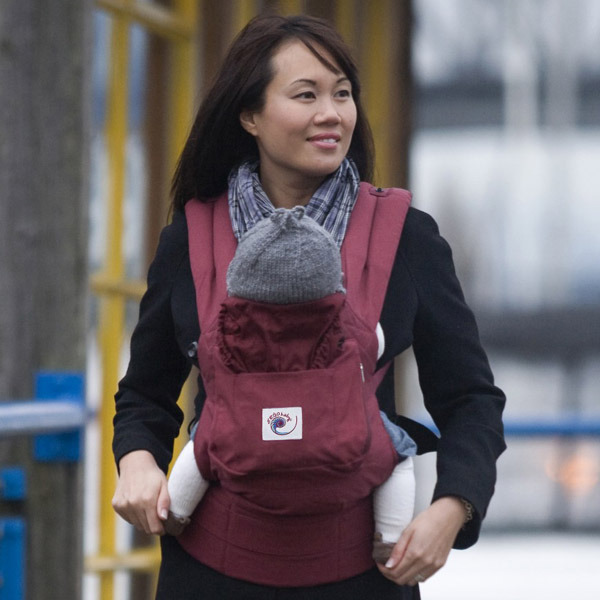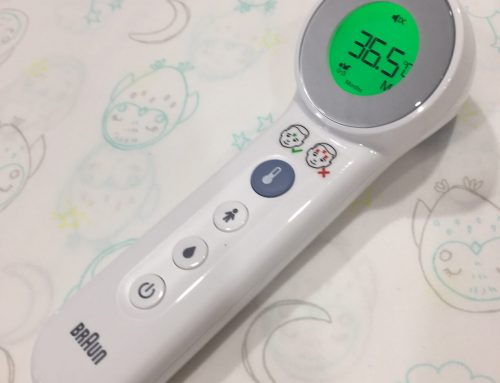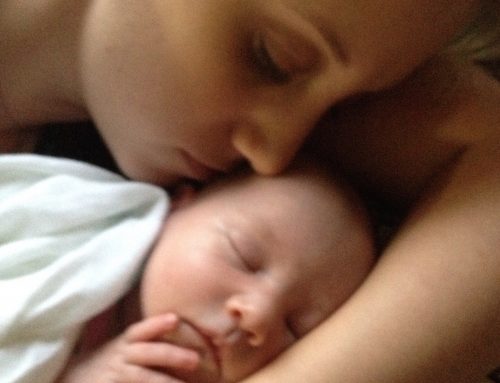Q: “A question re carriers and hip dysplasia-my 2 week old daughter has been in a von Rosen splint since day 2 for left hip dysplasia and I am hoping she is in it for no more than 6-12 weeks. When she comes out do you have any thoughts re whether any particular baby carriers are best-I currently have a Baby Bjorn which I didn’t use much for my first two children but had been thinking I might use it more for my third…I know there is talk that Baby Bjorns aren’t good for hips but is this actually true? Thanks for your thoughts.”
Baby’s hip joints are entirely made of cartilage, a soft malleable substance which gradually changes to bone over the first year or so. During this time the head of the leg bone (femur) presses into the socket (acetabulum). At birth it is relatively shallow but over the first year, under the influence of the pressure from the head of the femur, the socket becomes deeper. By the end of the first year it is deep enough and bony enough to support the toddlers’ weight as they start to walk.
It is critical during this first year that their legs are in an appropriate position so that the head of the femur presses neatly into the socket. The correct posture is to have the hips flexing up at about 90° from the spine with the knees splayed out around 30 to 45° from the midline.
The worst position is to have the legs stretched out (in extension). This causes the head of the femur to press up against the upper margin of the socket, preventing its proper development.
I have written a separate post about this condition (hip dysplasia) a while ago and will re-post it on this website.
So, essentially, any baby carrier that keeps the babies legs in the appropriate position and does not allow them to extend down, will be fine. So the question is: when the baby is in the carrier:
and, most importantly
Some carriers have a relatively small seat area which concentrates the weight on their buttock and crotch, and this allows the legs to flop down unless you have a small baby. The Baby Bjorn seems to be one of these.
Beware also when you carry your baby facing outwards. As the legs are not wrapped around your body, they will tend to stretch down with such carriers.
In contrast the Ergobaby has a nice big support area for the legs, keeping them in an excellent posture for all babies but especially those with hip dysplasia.










I have tried a number of baby carriers and have found that the ergo carrier not only holds the baby in a good position, but also produces less strain on the wearers back. I have carried an above averge 2 year old in it, walking around almost all day whilst on holidays, and found that I had no back discomfort, just tired legs by the end of the day.
Yvette
(Midwife and mother of 6)
Thanks, Yvette. I agree, it’s a very good carrier!
What carriers does Georgie use?
Sorry wrong spelling, i mean Georgy
Ergobaby and Tula.